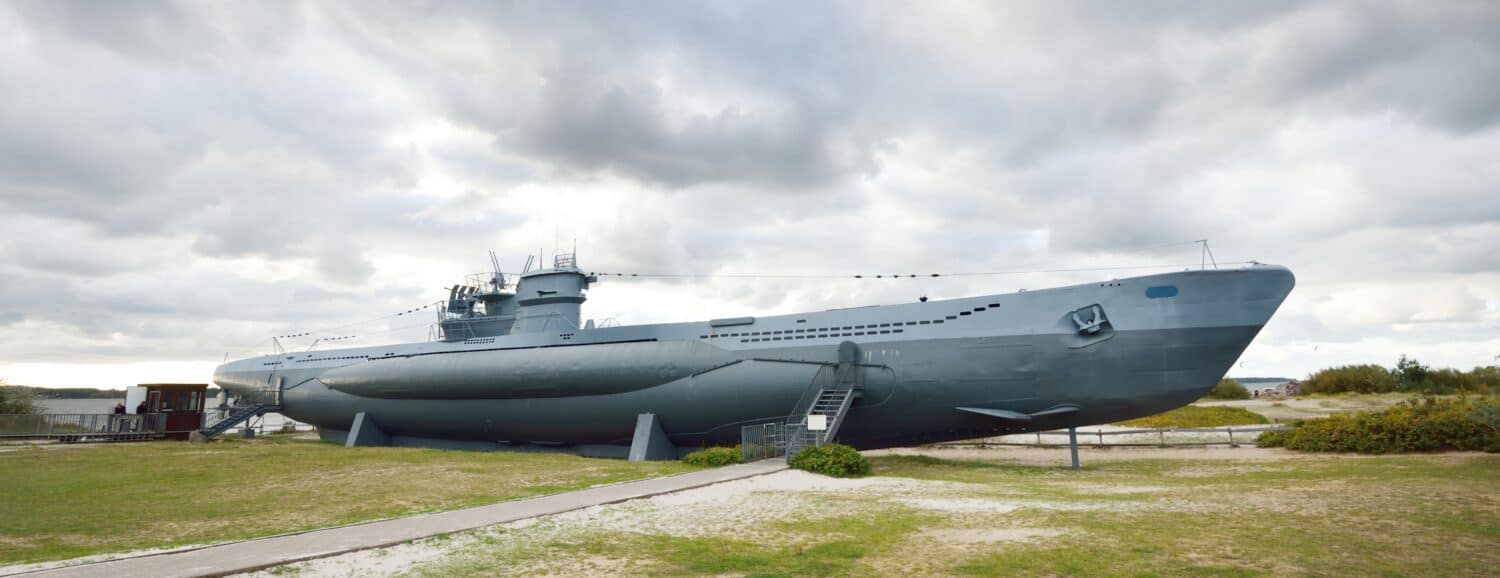
Global military spending has sharply increased in the last decade. A majority of NATO members now meet the 2% of GDP defense spending goal. Additionally, other nations, such as Brazil and Japan, that are not part of NATO use that 2% benchmark as a guideline for defense spending. One notable aspect of this spending increase is where the funds are allocated. Emerging technologies naturally get priority in defense budgets. However, another key area of investment is in a much older weapon system.
As the world’s navies grow, they strengthen below the waves as well as above. Submarines have been around since the American Civil War and played a key role in both world wars. Several nations are betting big on submarines for their future plans. This article will examine why submarines are having such an impact on modern defense spending and which countries are making the biggest investments.
Why This Matters
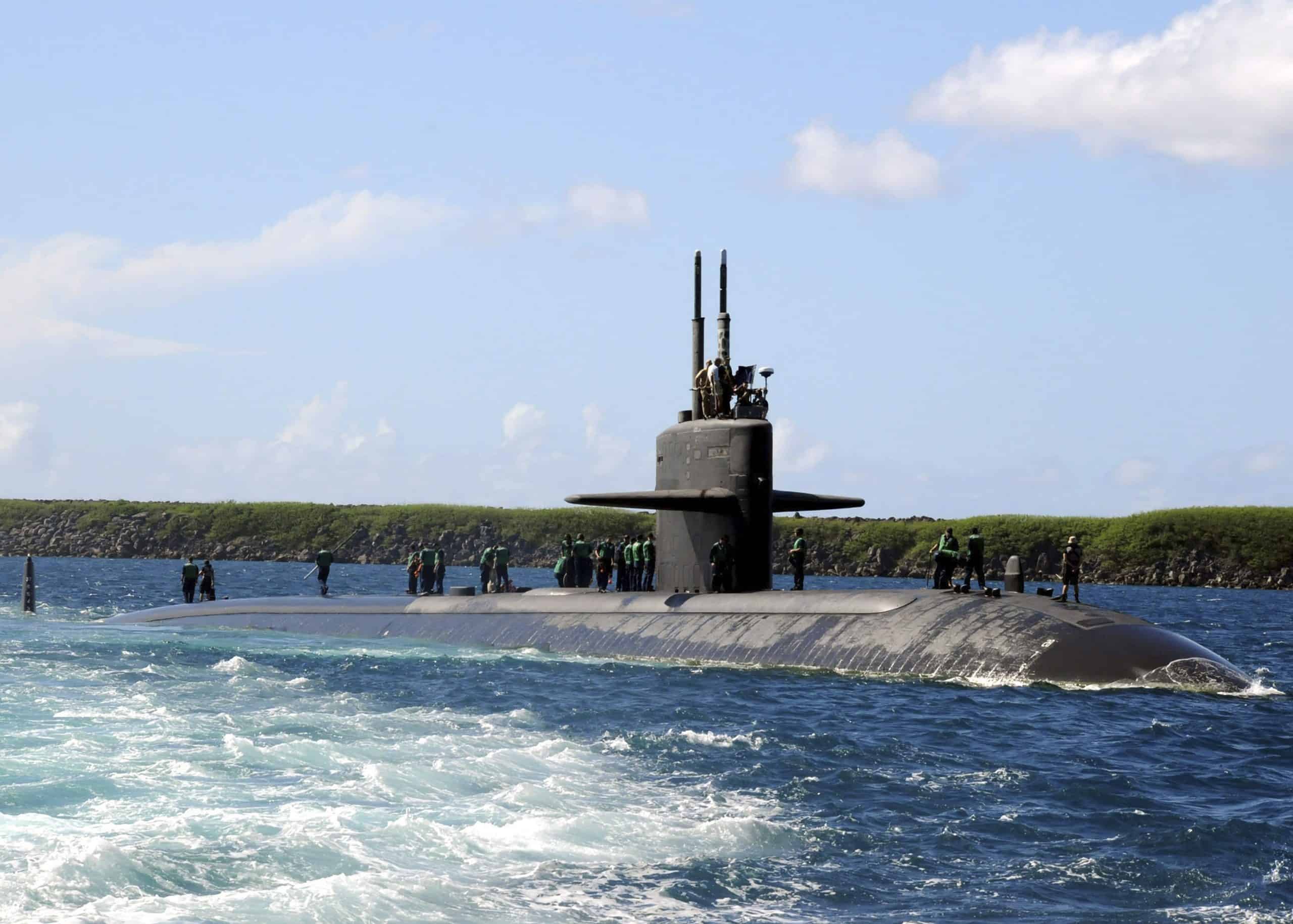
Military spending is often a thorny political issue. The United States spends far more on defense than any other nation. However, there is a debate about whether current priorities are correct. Submarines offer strategic and tactical advantages that large and expensive capital ships do not possess. They cost far less, cannot be easily detected, and are capable of inflicting great damage on sea and land targets alike.
Historical Context
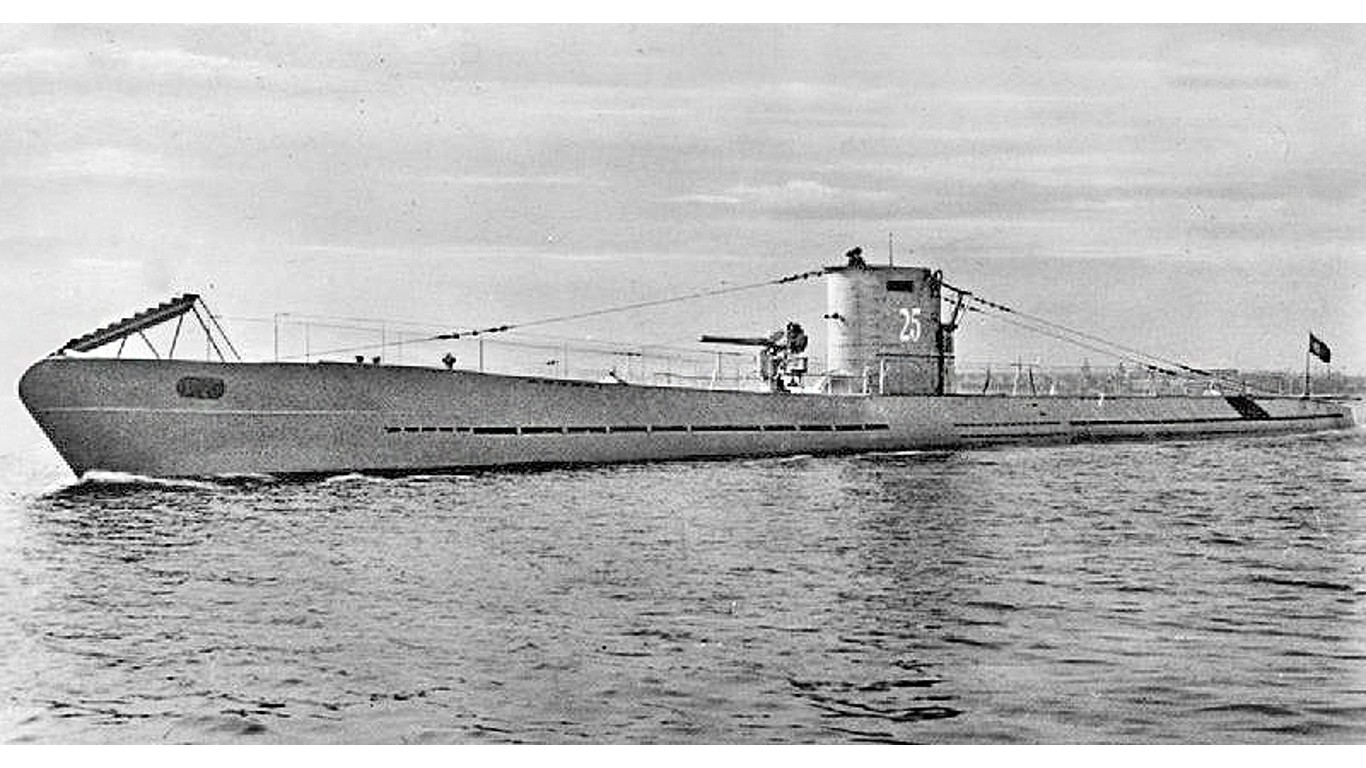
The first combat submarine took to the waters during the American Civil War. With such a vast gulf in resources with the Union, the Confederacy turned to experimental weapons to even the odds. The CSS Hunley was one such contraption. While the Hunley did succeed in sinking a Union ship, it came at the cost of the crew.
By World War One, submarines had come a long way. The Germans used U-boats (Unterseeboot) to attack allied shipping in the Atlantic. Unrestricted submarine warfare sunk thousands of tons of badly needed supplies but at the cost of drawing the United States into the war. German submarines worked alone with commanders unwilling to share in the glory of sinking an Allied ship.
Submarines were an even bigger factor in World War Two. The Germans improved the design of the U-boat and developed effective wolf pack tactics. The new approach meant using multiple submarines working in tandem to take down Allied convoys. The approach was initially very successful, but ultimately, a coordinated effort by the Allies turned the tide in the Atlantic. Three of every four German submariners died during the Battle of the Atlantic. Less known is the pivotal role submarines played in the Pacific theater. Unlike the Allies, the Japanese failed to counter American submarines and a heavy price. American submarines sank over 1000 Japanese merchant ships and 201 warships.
After World War II, new types of submarine surfaced in the 1950s. The first nuclear-powered submarine, the USS Nautilus, was launched in 1954, while the first ballistic submarine, the USS George Washington, was built five years later.
Types of Submarine
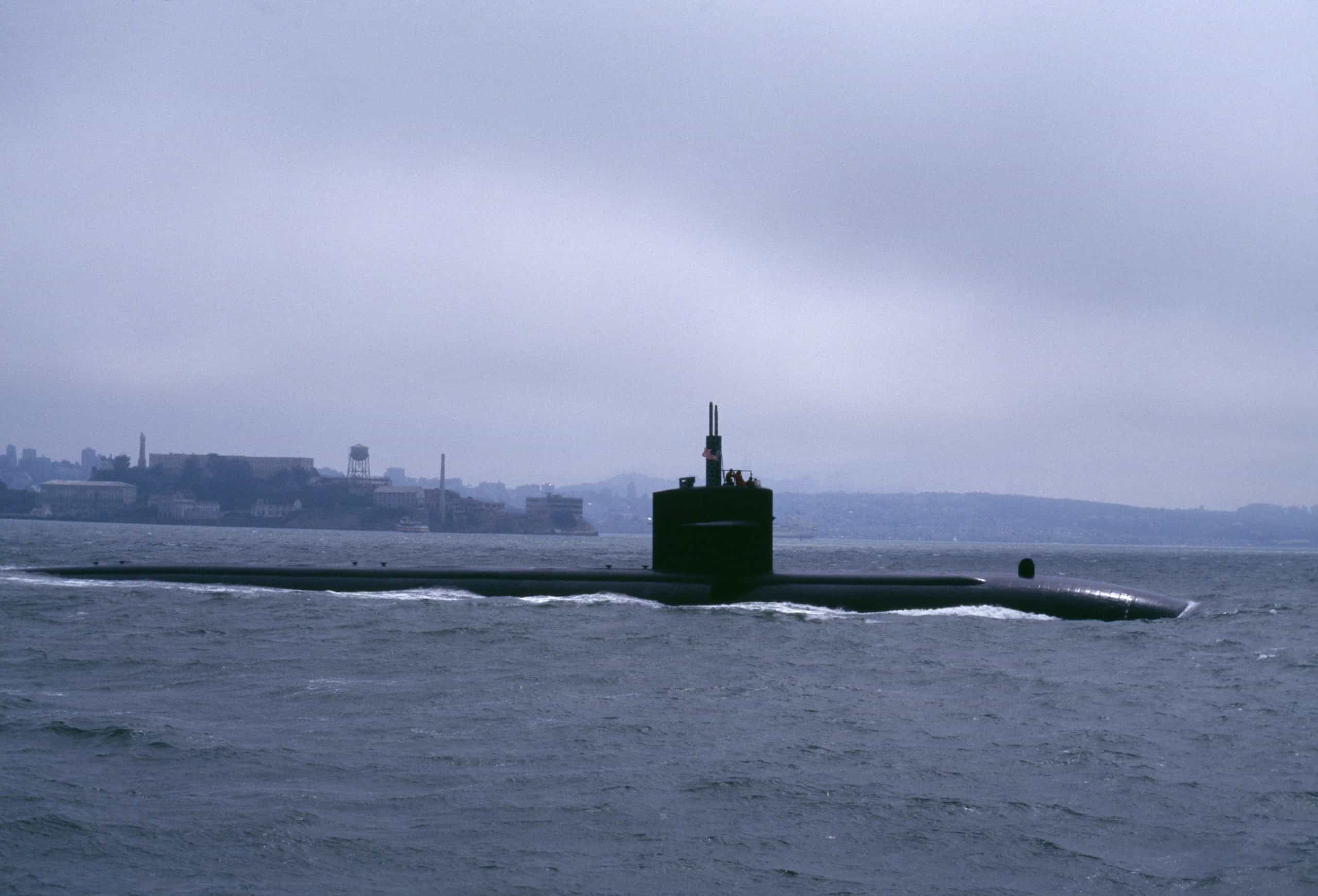
While there are many different classes of submarines across the world, they fall into four broad categories:
- Attack submarines – diesel-electric and nuclear-powered vessels that seek out and engage enemy submarines and surface vessels. Some are fitted with missile launchers to engage land targets. A nuclear-powered submarine has a virtually unlimited range and is much quieter than a diesel-electric submarine. However, nuclear-powered submarines are far more expensive, and only a handful of navies can afford them.
- Ballistic missile submarines – submarines that carry intercontinental ballistic missiles with nuclear warheads.
- Cruise/Guided-missile submarines – vessels fitted with submarine-launched cruise missiles (SLCM).
- Midget submarines – under 150 tonnes. Used widely in World War II, they are designed for shallow and coastal waters. North Korea and Iran are the main operators today.
Australia
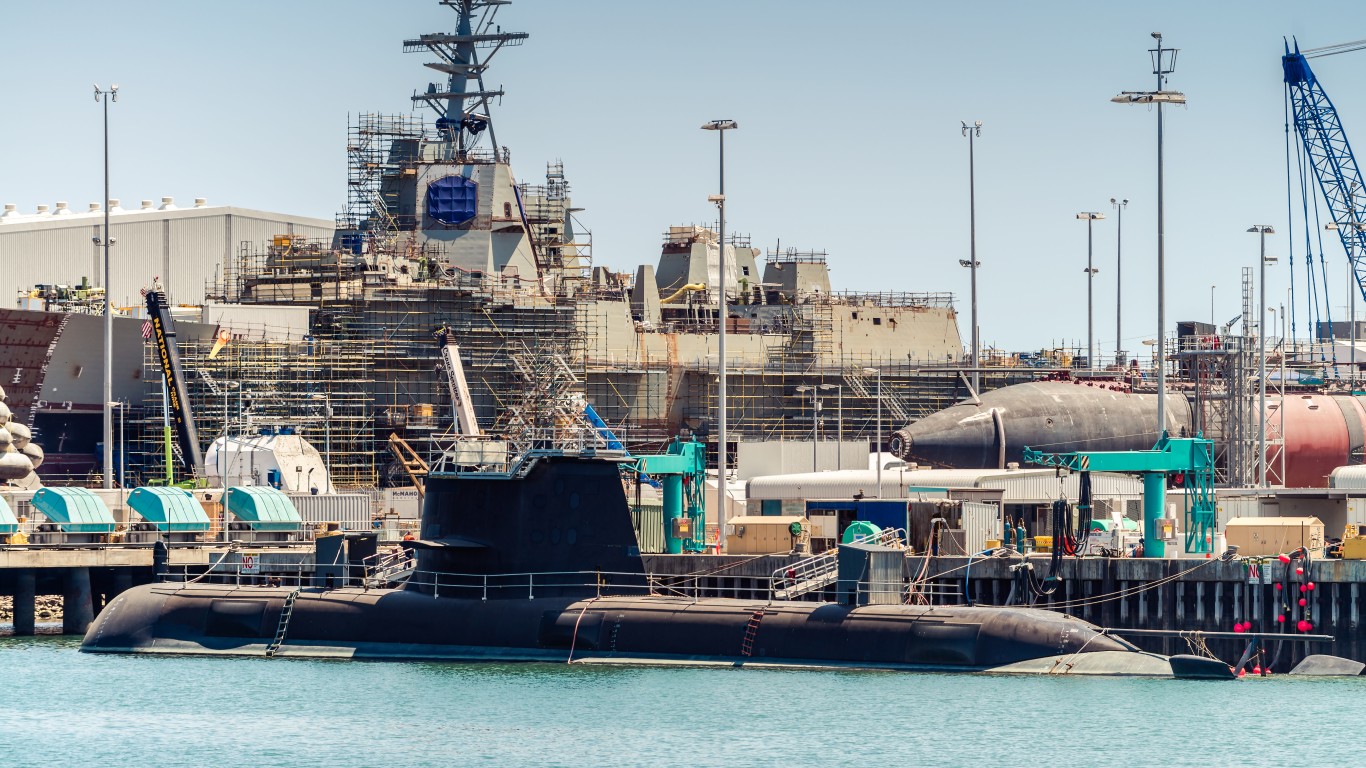
In 2021, Australia signed a trilateral security pact with the United States and the United Kingdom called AUKUS. The treaty aims to support mutual security interests in the Indo-Pacific region.
AUKUS will provide Australia with modern nuclear-powered submarines from the United States and hands-on training to run them. The first enrollment of Australian sailors arrived in the United States in June 2024. In the next decade, Australia will purchase at least three Virginia-class nuclear-powered submarines from the United States.
Brazil

Often used as an example of “soft power” in international politics, Brazil is ramping up its military. The National Congress is considering a constitutional amendment to dedicate at least 2% of GDP to defense. Brazil’s small and aged navy is being revamped with modern submarines built in partnership with France. The third was launched in May 2024.
China
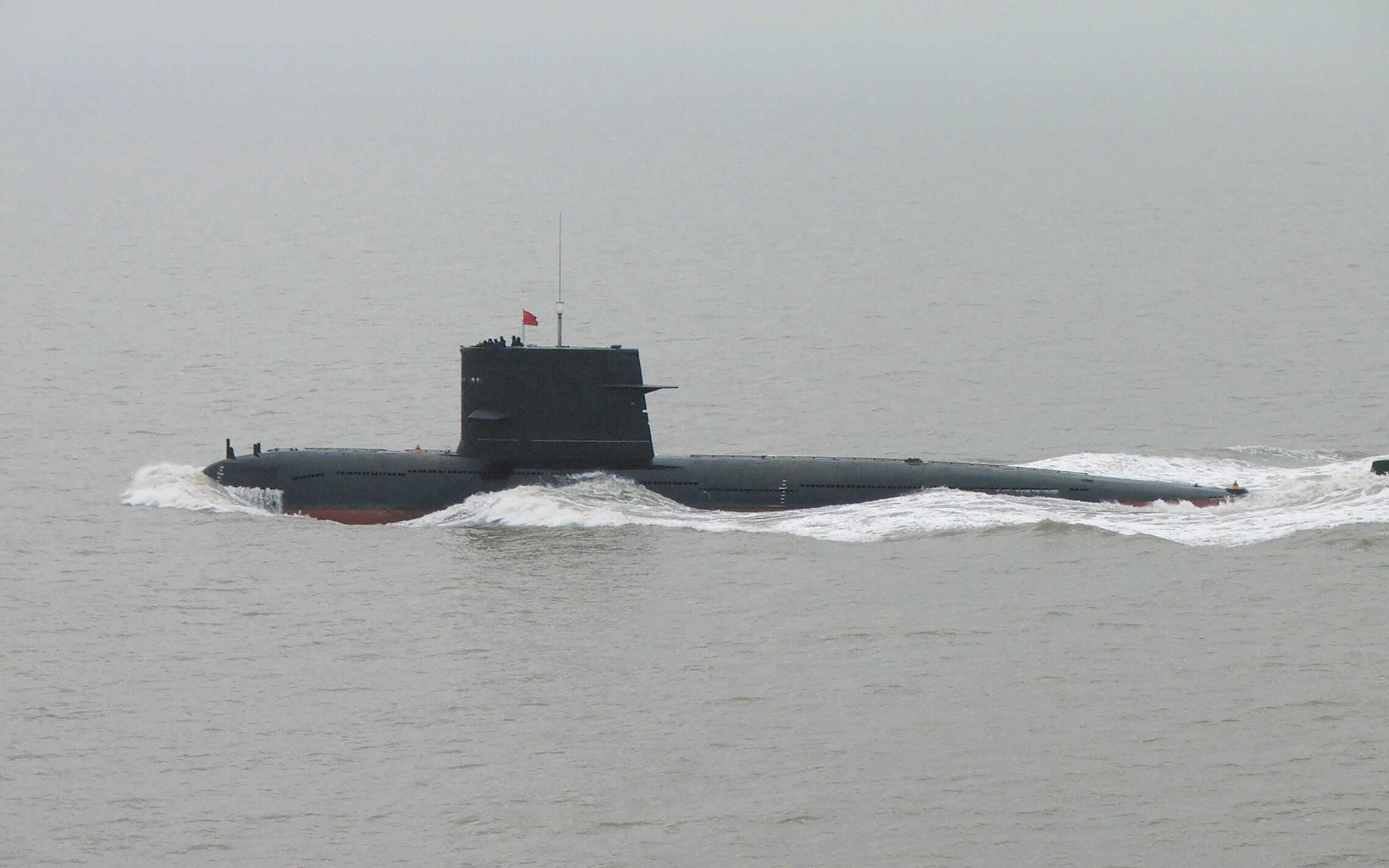
The People’s Liberation Army Navy has the largest number of warships in the world. However, the United States still has the largest navy in terms of overall tonnage. With 72 submarines in operation, China has the world’s largest submarine fleet. Most are conventional diesel-electric submarines but Beijing has plans to add more nuclear-powered submarines to challenge American naval hegemony.
Iran
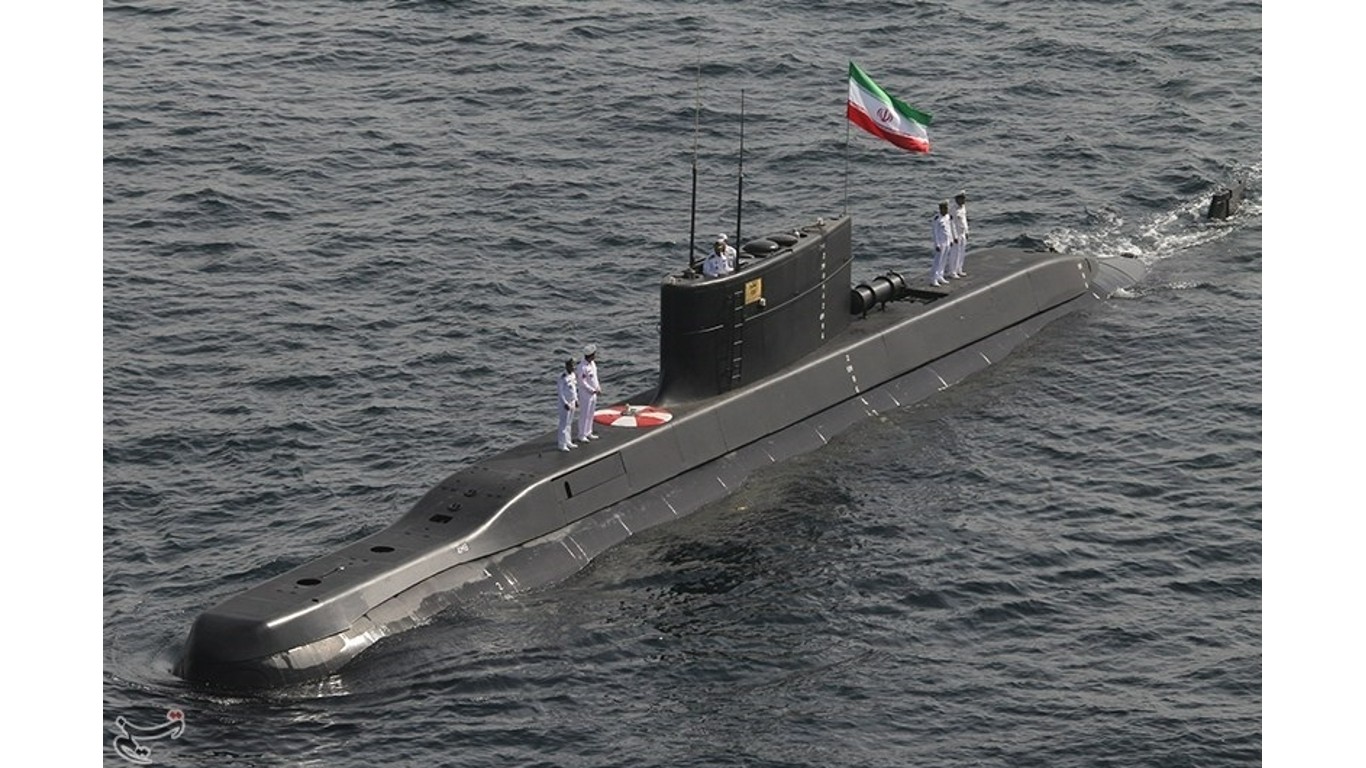
Iran’s submarine fleet primarily consists of Ghadir-class submarines. These miniature subs lack operational range and firepower but are difficult to detect and operate in tight confines. They present a real threat to far more expensive capital ships that cannot detect them. With another nine on order, Iran is betting big on submarines to even the odds against more powerful adversaries. The Strait of Hormuz is a key strategic chokepoint where midget submarines could inflict serious damage on global trade.
Japan
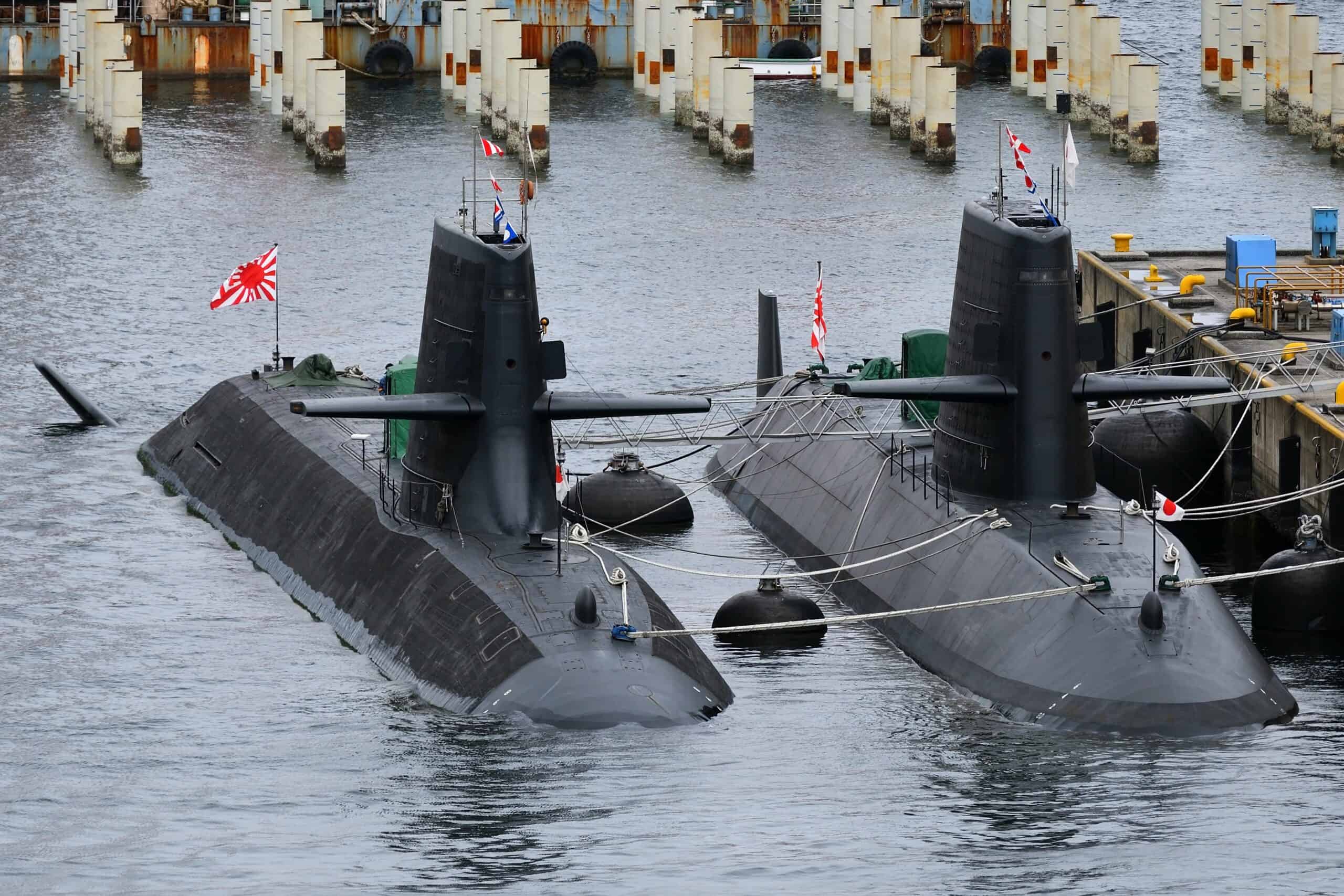
For a nation with a pacifist constitution, Japan still has one of the most powerful navies in the world. The Maritime Self-Defense Force has 22 submarines and is in the process of upgrading its fleet with new Taigei-class submarines. They have extended range, better armaments, and greater stealth capabilities than the Soryu-class submarines they will replace. A second Taigei-class submarine was launched in March 2023, and five more are planned.
North Korea
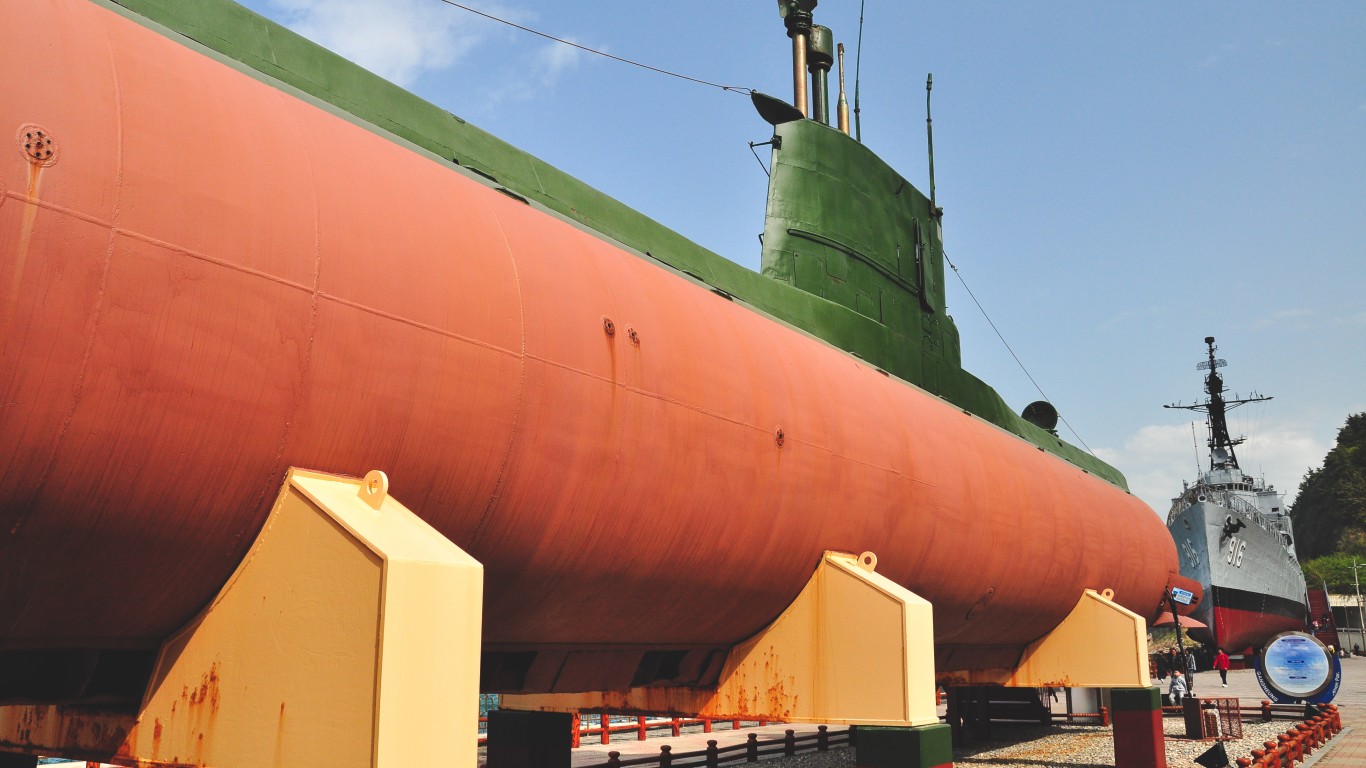
North Korea has a huge but largely obsolete navy which includes 19 submarines. The Yono-class is a midget submarine that provides a fair wallop for its modest price. Iran is believed to have purchased at least 14 of them. At the other end of the scale is the ‘August 24 Hero,’ a tactical nuclear-powered submarine launched in September 2023.
Russia
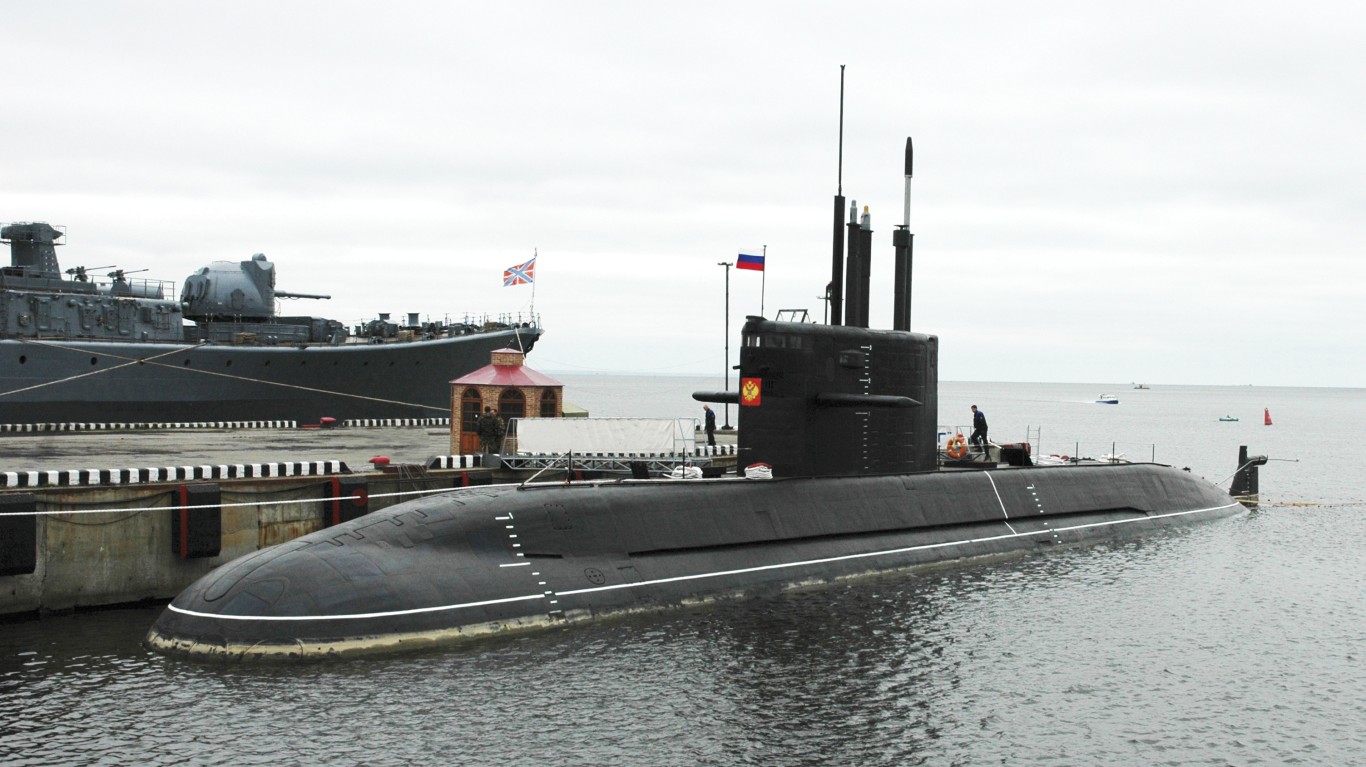
Much of the Soviet Union’s naval strength was beneath the waves rather than in surface vessels. Russia continues that legacy with one of the world’s largest and most diverse submarine fleets. In addition to a hefty complement of conventional submarines, Russia has ballistic, cruise missile, and nuclear-powered attack submarines available. With an ongoing conflict and heavy losses to its Black Sea fleet, Russia is investing heavily in modernizing and expanding its submarine capabilities.
The United Kingdom
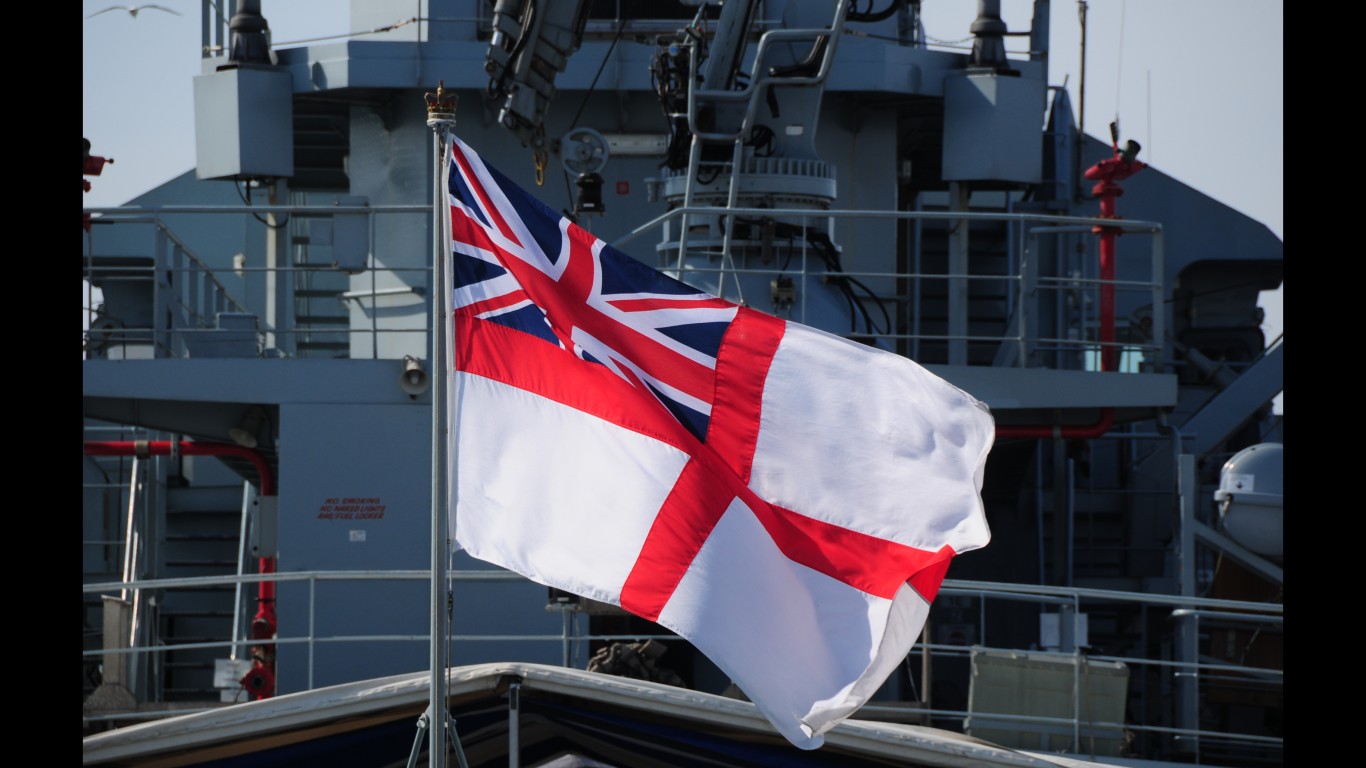
Britain is far removed from its heyday as the world’s foremost naval power, but the Royal Navy is still a formidable force. Submarines play a key role in maintaining the UK’s nuclear deterrent as the Trident submarines are the UK’s only delivery method for nuclear weapons. In nuclear strategy, second-strike capability is vital. In essence, this means the ability to hit back no matter how devastating the first nuclear strike is. A nuclear-armed submarine at sea is impossible to detect before it releases its payload, thereby ensuring no rational regime would ever contemplate launching a first nuclear strike.
Britain has four Vanguard-class submarines whose payload has a maximum range of 4000 miles. At any given moment, one Vanguard is armed and at sea, another is undergoing maintenance, and the other two are in port or on training maneuvers. Britain is in the process of upgrading its Vanguard submarines to Dreadnought-class submarines. The UK also has a handful of Astute-class and Trafalgar-class nuclear-powered attack submarines.
To date, only one nuclear-powered submarine has ever sunk an enemy vessel. That distinction belongs to the HMS Conqueror in 1982 when it sank an Argentine cruiser during the Falklands War.
The United States
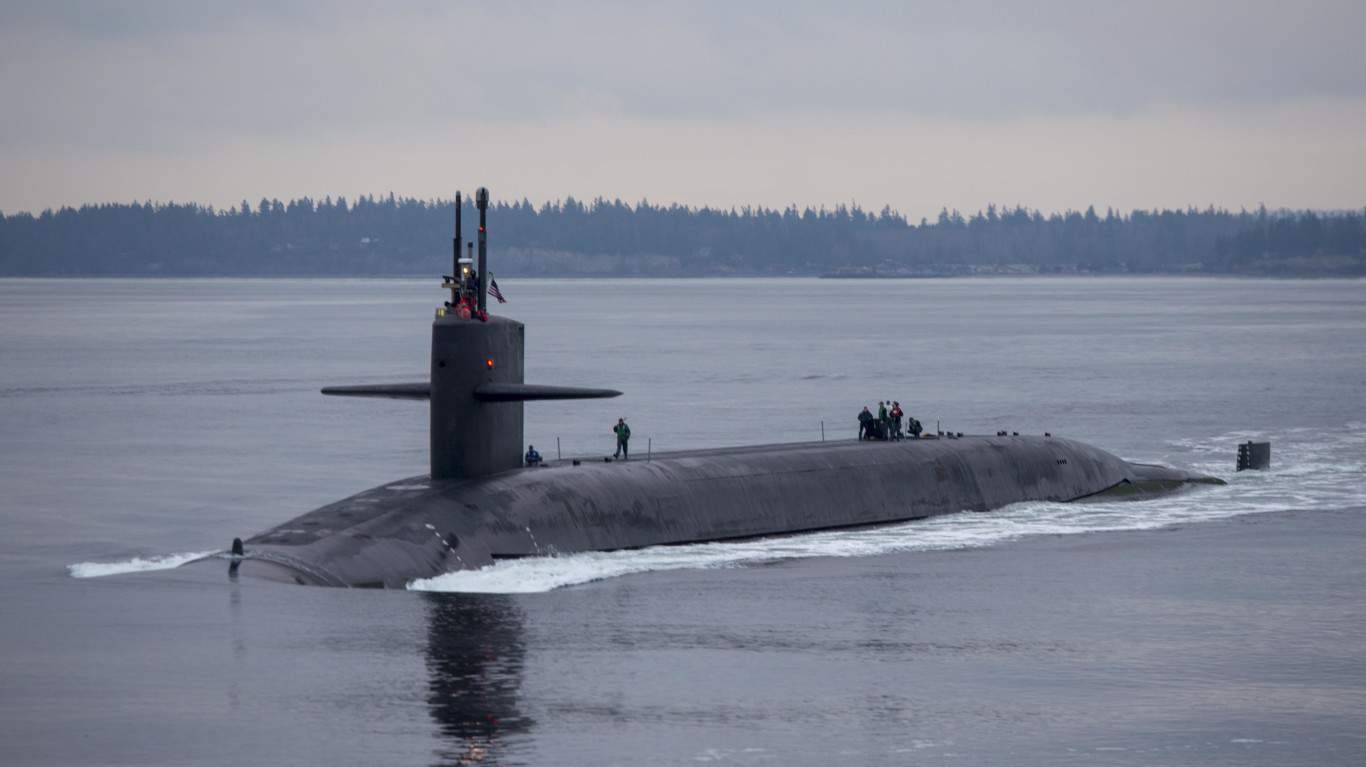
The United States Navy has the second-largest submarine fleet in the world, just slightly eclipsed by China. However, all of the US Navy’s submarines are nuclear-powered, while most of China’s attack submarines are diesel-electric. The United States has 18 Ohio-class ballistic submarines, four of which were converted into guided-missile submarines.
Most of the submarine fleet consists of Los Angeles-class attack submarines, which were supposed to be replaced by Seawolf-class submarines. Though exceptionally fast, quiet, and heavily armed, they were inordinately expensive. After the fall of the USSR, spending priorities changed, and the program was scrapped after just three Seawolfs were built. Only two are operational after the USS Connecticut connected with an underwater ridge in the South China Sea.
The slightly more cost-effective Virginia-class submarine is replacing the older submarines in the fleet as they retire. 19 are currently on order.
Taiwan

Taiwan has a stronger navy than most nations. Unfortunately for Taipei, its most likely adversary is light years ahead in maritime strength. With China eyeing a future invasion to press its long-held claim on the island, Taiwan faces an uphill task to maintain its de facto independence. Submarines may well be the key to staving off a Chinese invasion. The one factor in Taiwan’s favor is terrain, and troops crossing the strait will be extremely vulnerable.
Fighting the PLA Navy on an even keel would be madness, but hit-and-run tactics could inflict enough losses on an invading force to turn the tide. To that end, Taiwan has started bolstering its small foreign-built fleet with domestically manufactured submarines. The first of eight planned modern submarines launched in February 2024. Whether this will be sufficient to deter Beijing remains to be seen.
Conclusion
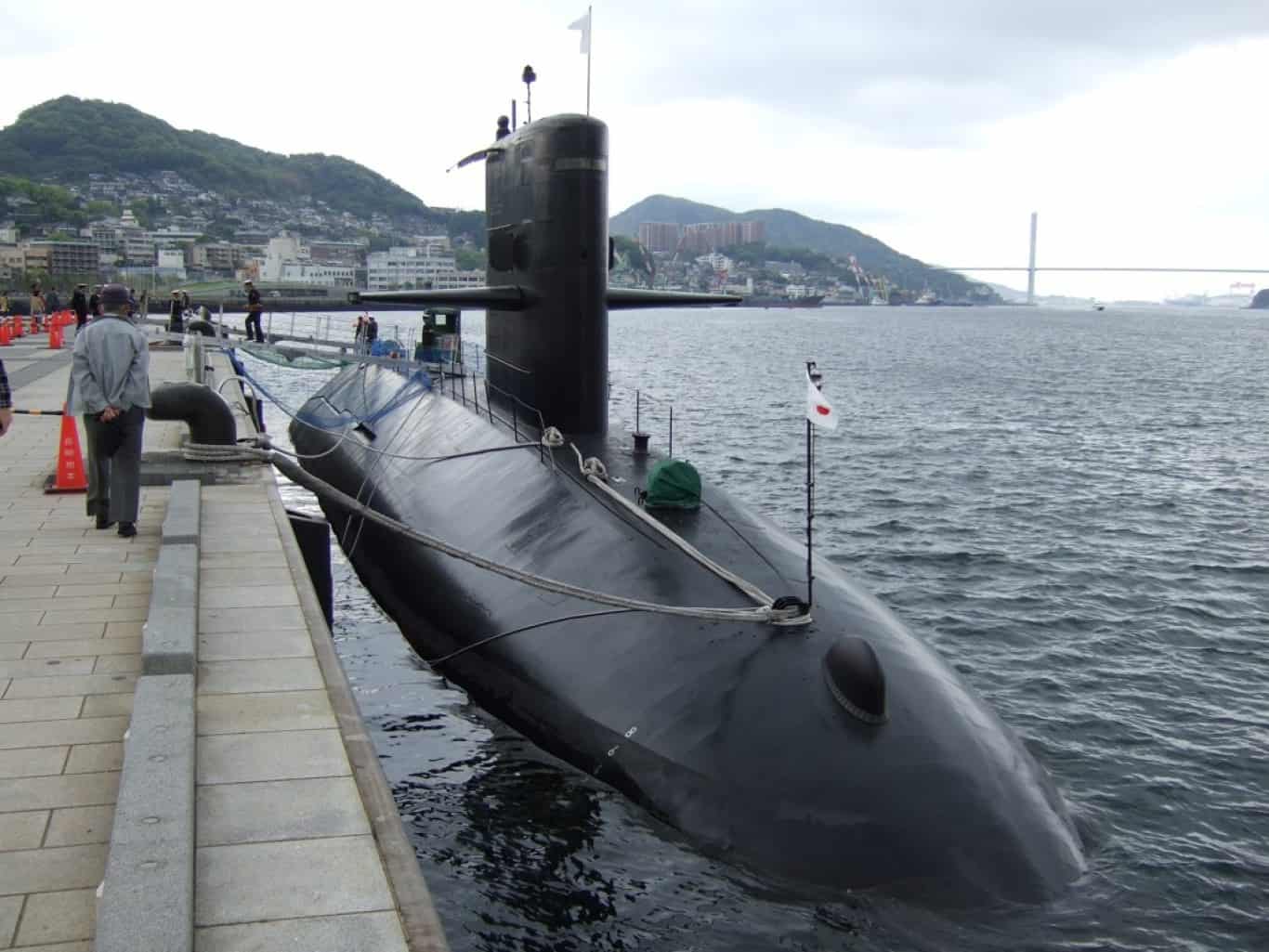
The submarine has come a long way in its relatively short service life. From the crude death trap of the Civil War to the scrouge of Britain in both world wars, submarines have a proven track record. Modern vessels are far more capable than their ancestors. Nuclear-powered submarines are only limited by the supplies needed to sustain the crew. They can theoretically operate for years without ever returning to port. While diesel-electric submarines have far less operational range, they still represent a good investment for nations that don’t need to project power over long distances. Ballistic and guided missile submarines add a whole new dimension to the missions submarines can undertake. Similarly, midget submarines might have limited range and firepower, but they can punch well above their weight in the right situation.
The nations featured in this article are not an exhaustive list of every state betting on submarines but represent the most prominent. As in other military matters, Russia, China, and the United States are in a class of their own when it comes to submarines. Though the United States has a qualitative edge over the other two, all three boast large and diverse fleets. To date, nuclear-powered submarines haven’t had much chance to shine in combat, as only one has sunk an enemy vessel in the last fifty years. However, that could easily change as the state of global peace deteriorates.
World War II ushered in the age of the aircraft carrier as the fleet’s primary ship; a future conflict may well establish the submarine’s primacy in naval warfare.
Take Charge of Your Retirement In Just A Few Minutes (Sponsor)
Retirement planning doesn’t have to feel overwhelming. The key is finding expert guidance—and SmartAsset’s simple quiz makes it easier than ever for you to connect with a vetted financial advisor.
Here’s how it works:
- Answer a Few Simple Questions. Tell us a bit about your goals and preferences—it only takes a few minutes!
- Get Matched with Vetted Advisors Our smart tool matches you with up to three pre-screened, vetted advisors who serve your area and are held to a fiduciary standard to act in your best interests. Click here to begin
- Choose Your Fit Review their profiles, schedule an introductory call (or meet in person), and select the advisor who feel is right for you.
Why wait? Start building the retirement you’ve always dreamed of. Click here to get started today!
Thank you for reading! Have some feedback for us?
Contact the 24/7 Wall St. editorial team.
